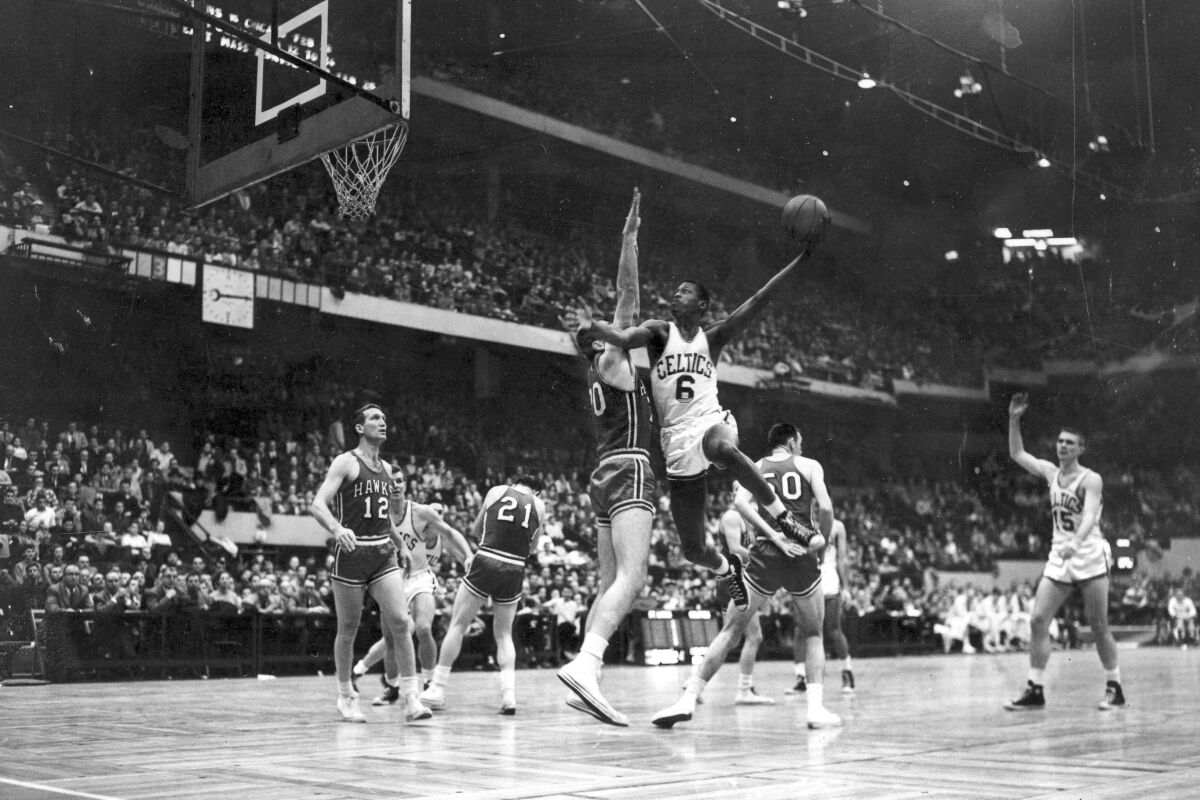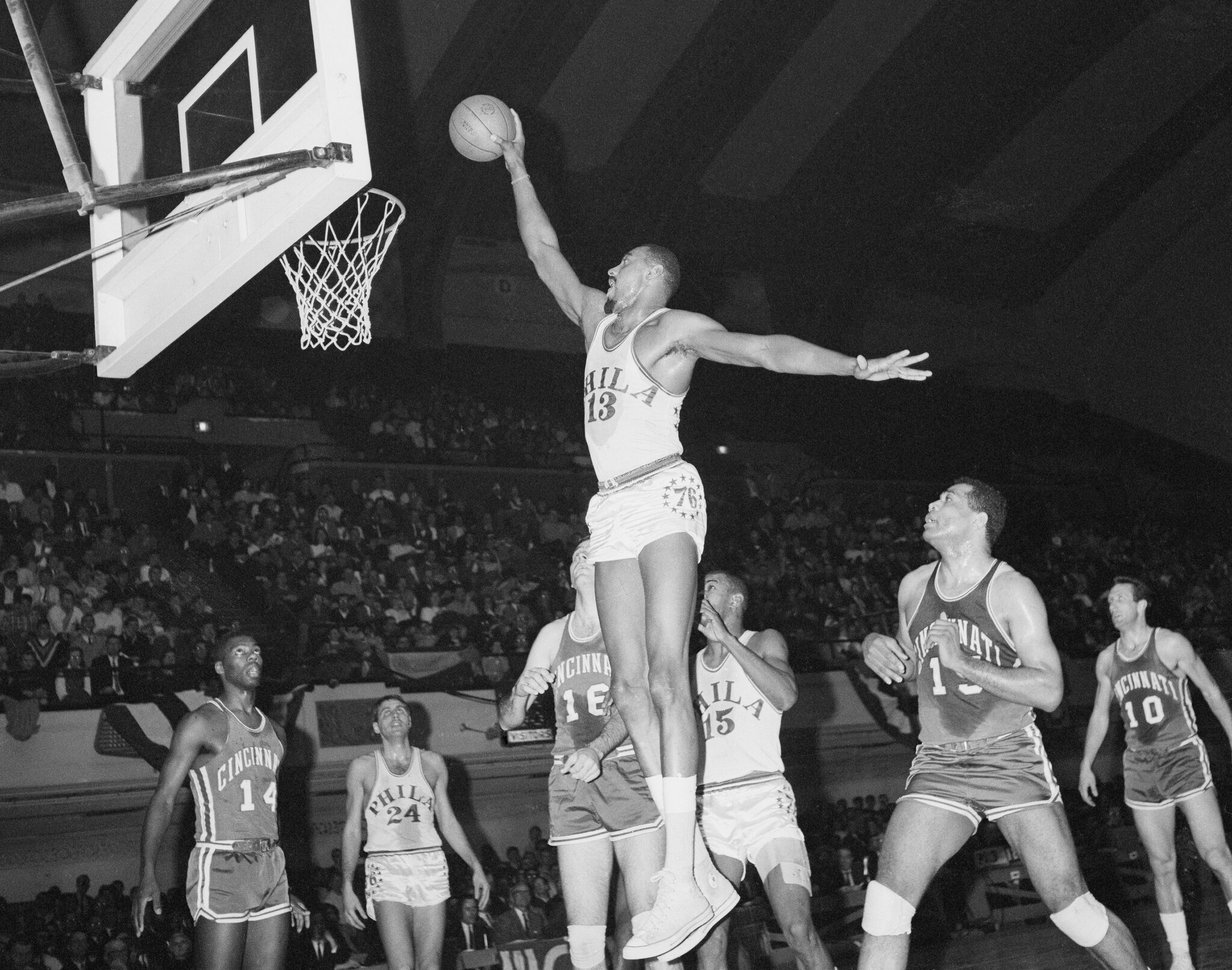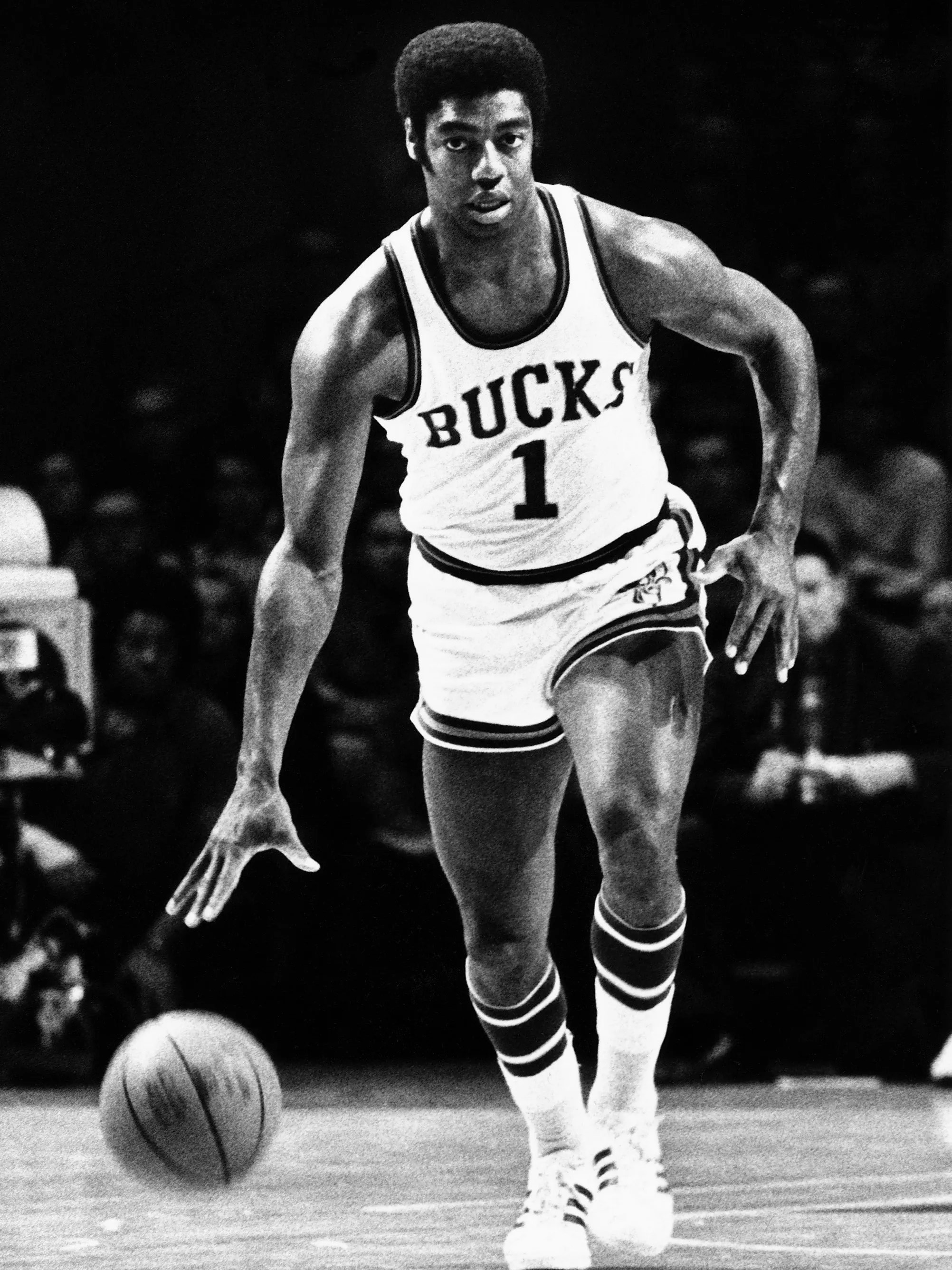The foundation of the NBA:
The league was founded on June 6, 1946 originally known as the Basketball Association of America (BAA). The BAA was established when Walter Brown from Boston recognised that large arenas, usually used for ice hockey were not used often at night and could be used to play basketball games. The league became known as the National Basketball Association (NBA) as the BAA changed its name when it merged with rival organisation, the National Basketball League (NBL) on . The two organisations merged after they were competing for both players and teams, and so the new NBA with 17 teams was created.
The rise of the NBA:
The first NBA season was the 1949-50 season in which the Minneapolis Lakers became the first champions led by George Mikan. However, during the early 1950s, the NBA started to lose popularity with only 8 teams remaining in the NBA in 1955. This was mainly due to financial difficulties, lack of talent causing competitive imbalance and the logistics of travel. Bob Cousey, a player for the Boston Celtics in the 1950s, reviewed that a driving school business was a better option than playing for an NBA team.
Although, in 1953 the NBA started being broadcasted on TV and with revised rules such as the 24 second shot clock, fans returned and caused the NBA to stabilise and expand throughout the 60s. By the end of the 60s the league expanded to 14 teams. Some of the original NBA teams include the New York Knicks, Boston Celtics, Philadelphia Warriors, Minneapolis Lakers and Rochester Royals.
Playstyle:
This era of the league was dominated by tall centres who could score close to the basket and cohesive team play to move the ball around the court. Few points in this time period were scored by shooting the ball from range especially as the 3 point line wasn't added until much later. Most teams in this era aimed to move the ball around quickly by passing efficiently especially since dribbling rules at the time were harsher leading to a different style of dribbling from the modern day. The main goal was to pass to the tallest player standing under the net to put the ball in and score easily, as this related to a higher percentage of scoring rather than shooting the ball. As of 1954, the 24 second shot clock was added so teams had to move even faster to be able to score within the 24 seconds, which is the same time as today's game.
The play styles in the 50s and 60s were extremely similar, although by the 60s there was arguably more talent in the league with more star players such as Wilt Chamberlain, Bill Russel and Jerry West, elevating the skill of play. Due to this, the game became more skillful, requiring additional physicality, athleticism, as well as an improved scoring ability. Scoring in various ways became more common with players developing different scoring moves. Defence and rebounding the ball also became more aggressive and physical.
Racial Integration:
In 1950, there were only three coloured players in the NBA. Coaches and executives in the league were hesitant to draft black players who didn’t get the same opportunities as white players. When the first coloured player, Chuck Cooper was drafted to the Boston Celtics in 1950, other team owners voiced their disappointment. Team owners did not recognise the talent of black players until some of the best coloured players were drafted to teams. These notable players included: Bill Russel, Elgin Baylor, Marice Stokes followed by Wilt Chamberlain and Oscar Robinson who exploded onto the scene with masterful talent. However, it wasn’t until the late 1950s and early 60s where the racial barrier was truly broken with 18 black players in the 1959-60 season.
Notable Players and Teams:
Across the 50s and 60s, the Boston Celtics were widely considered the most dominant team and arguably the most dominant team in the history of the NBA. Led by Bill Russel, the Celtics won 11 titles from 1957 to 1969, only losing on two occasions in 1958 and 1967 during the 13 seasons. Due to Russels dominance of the league, he was named NBA MVP (most valuable player) 5 times in his career. Additionally, two of the championships Bill Russel won as a player-coach, where he simultaneously played and coached, the only person to win a championship by doing so.
However, the early 1950s were mostly dominated by the Minneapolis Lakers (later Los Angeles Lakers). From 1950-54 the Lakers won four out of 5 seasons with their star player being George Mikan who was 6 foot 10 and averaged 22.6 points a game in his career. In the early 50s he was recognised as an icon in the NBA where fans would go to games just to watch him play, majorly popularising the league.
To add, in the 1961-62 season Wilt Chamberlain averaged 50.4 points per game playing for the Philadelphia Warriors which is a record that still stands today. Also, in 1962 Chamberlain scored the only 100 point game in NBA history.
Cultural Impact:
Firstly, the NBA helped to break racial barriers, which paved the way for racial integration outside of the sport as well and inspired many. Basketball also made its way into popular culture. For example, with the NBA’s and basketball's surging popularity, fan bases grew and increased the popularity of attending games or watching a game on TV. Fashion also started to be influenced by the NBA and what players wore for example Walt Frazier's tailored suits and fedoras as well as other players with unique styles that became trendsetters. Basketball shoes were also starting to be developed by major companies like Converse and Adidas. The league impacted music and entertainment as well with songs and movies being made about basketball. Furthermore, the NBA’s cultural impact extended globally which influenced the game to be popularised worldwide.


 Bill Russel
Bill Russel  Wilt Chamberlain
Wilt Chamberlain  Oscar Robertson
Oscar Robertson